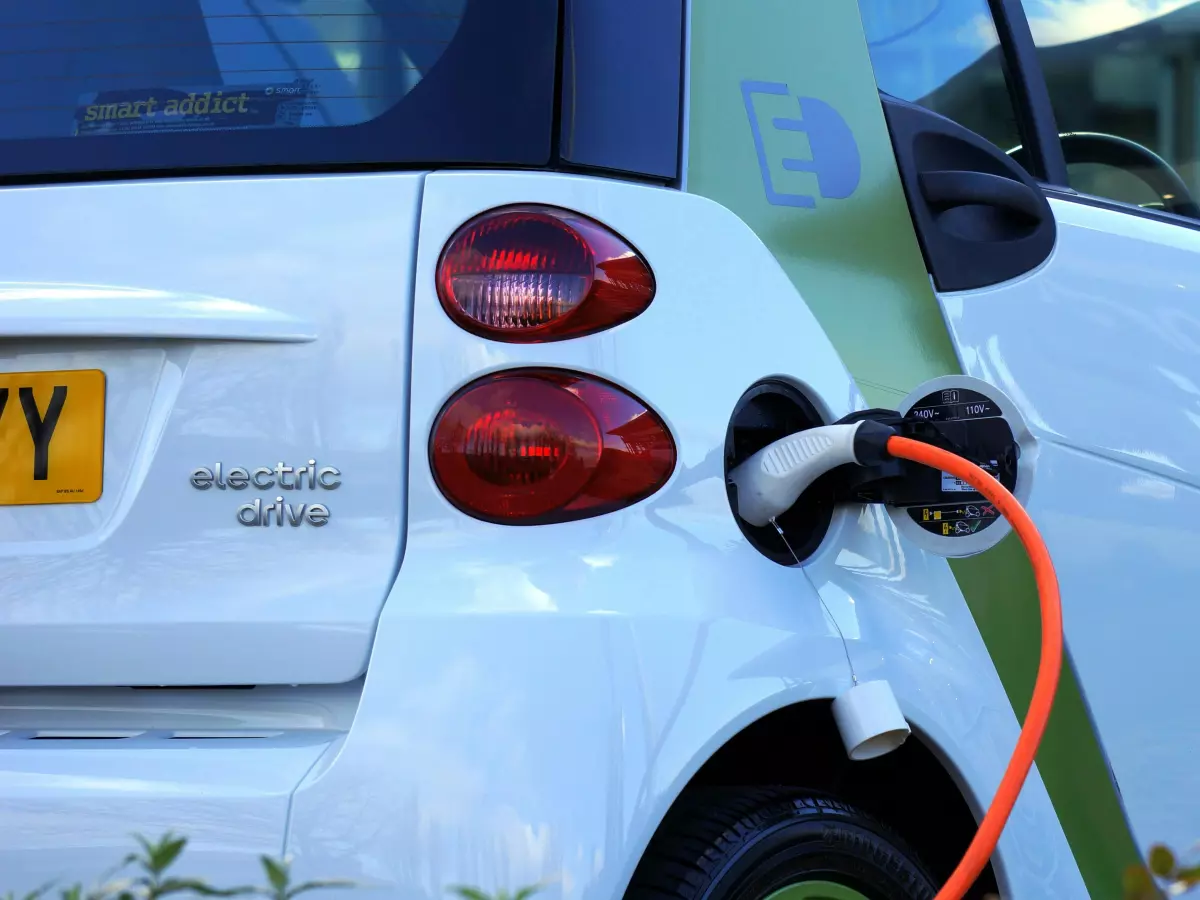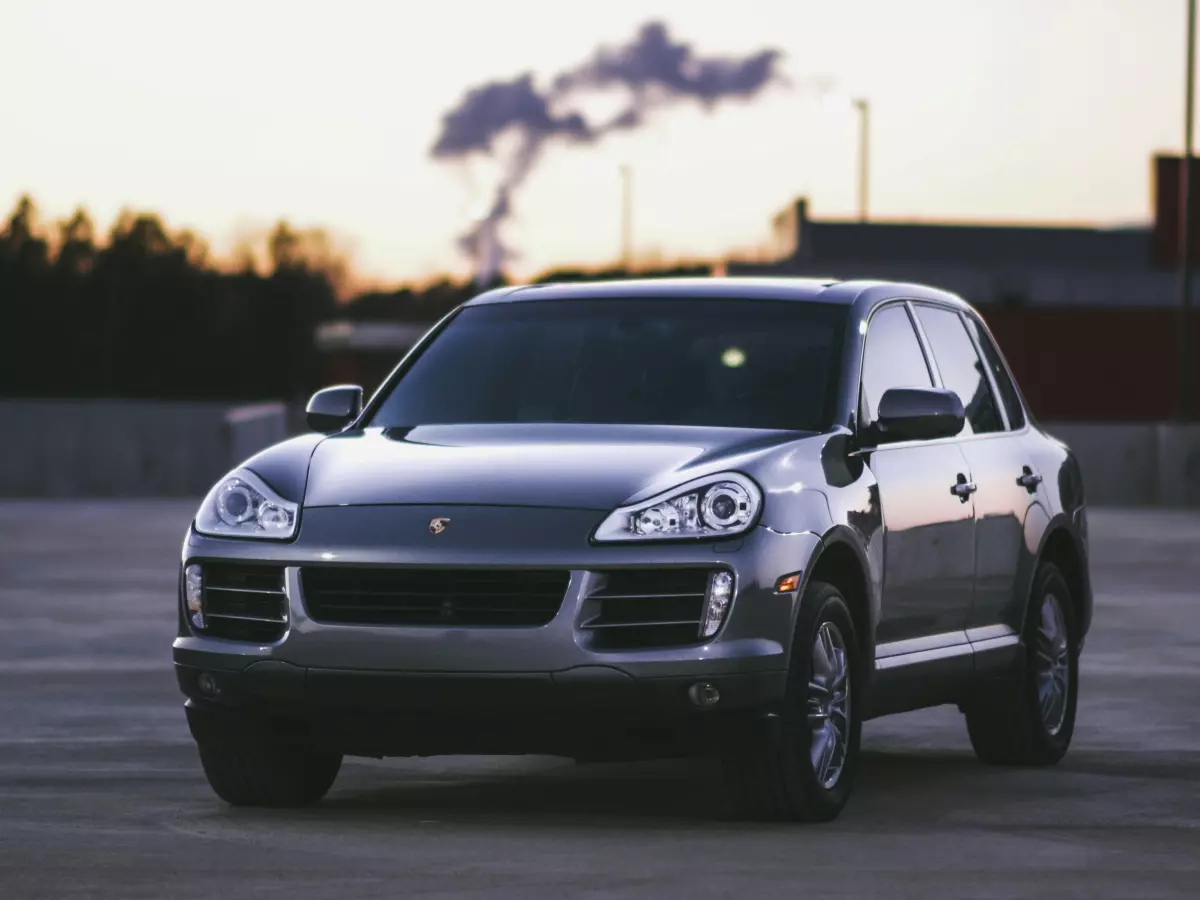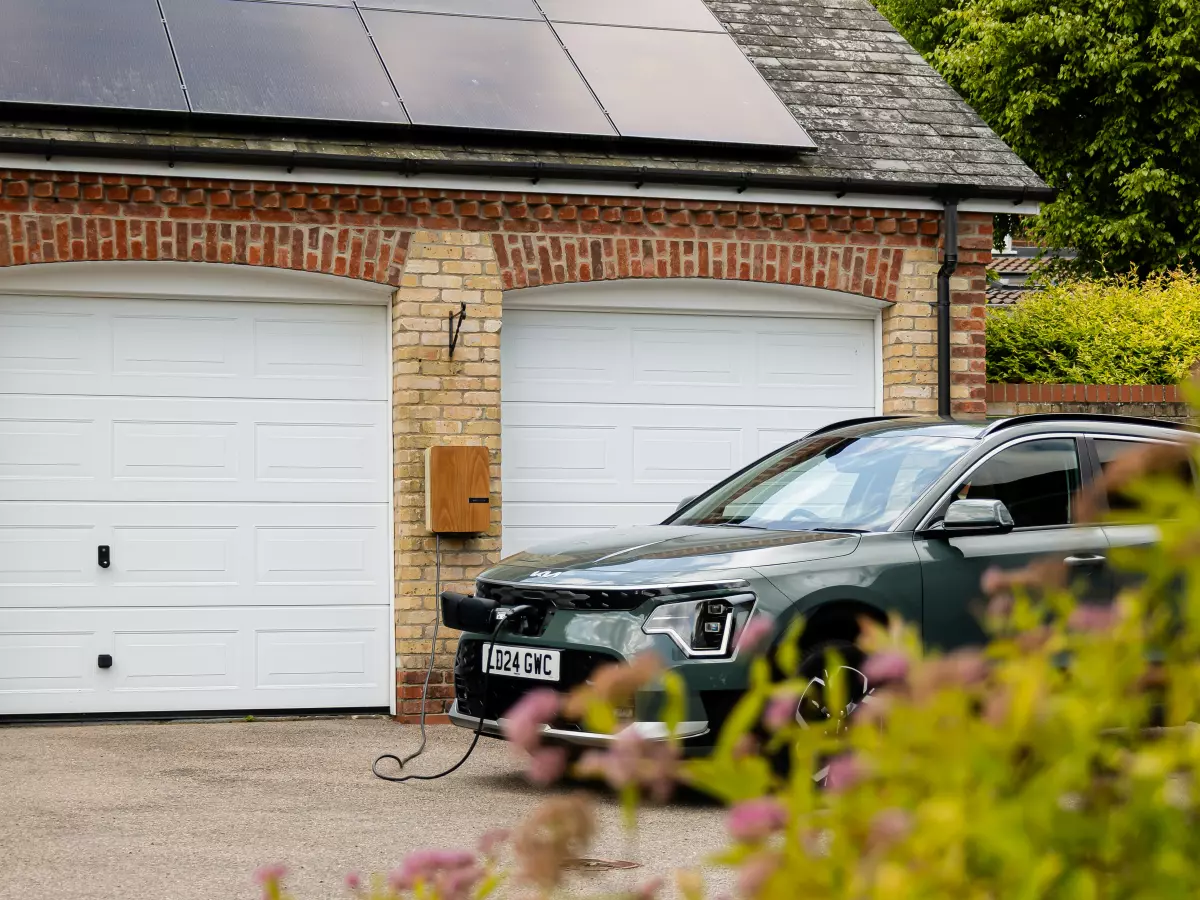Winter Warriors
The first time I took my EV on a winter road trip, I was equal parts excited and nervous. Would the battery hold up in sub-zero temperatures? Would charging take forever? Spoiler alert: I made it, but not without learning some fascinating things about how EVs handle the cold.

By Isabella Ferraro
Electric vehicles (EVs) have come a long way since their early days, but one challenge that has persisted is their performance in cold weather. Back in the early 2010s, EVs were notorious for losing significant range when the mercury dropped. Batteries, being chemical powerhouses, are sensitive to temperature changes, and freezing conditions used to wreak havoc on their efficiency. Fast forward to today, and EVs are much better equipped to handle winter, thanks to advancements in battery technology, charging systems, and software. But how exactly do they do it?
Battery Chemistry: The Cold War
Let’s start with the heart of the EV: the battery. Lithium-ion batteries, which power most EVs, are like Goldilocks—they prefer conditions that are "just right." Too hot, and they degrade. Too cold, and their chemical reactions slow down, reducing their ability to deliver power. To combat this, modern EVs use thermal management systems. These systems can heat the battery to an optimal operating temperature, ensuring it performs efficiently even when it’s freezing outside.
Some EVs use resistive heaters, while others employ heat pumps that are more energy-efficient. These systems are often controlled by the vehicle’s software, which monitors the battery’s temperature in real-time and adjusts the heating accordingly. The result? Your EV can maintain a decent range and performance, even in the dead of winter.
Charging in the Chill
If you’ve ever tried to charge an EV in freezing weather, you might have noticed it takes longer than usual. That’s because cold batteries resist charging. To address this, many EVs now come with preconditioning features. This allows the car to warm up the battery before you start charging, either automatically or via a smartphone app. Preconditioning not only speeds up charging but also protects the battery from potential damage caused by charging at low temperatures.
Charging stations are also evolving to meet the demands of winter driving. Some high-speed chargers now include heating elements to ensure the charging cables and connectors function smoothly in icy conditions. This is especially important in regions where temperatures can plummet well below freezing.
Software to the Rescue
Modern EVs are essentially computers on wheels, and their software plays a crucial role in managing cold weather challenges. For instance, the software can optimize energy use by prioritizing essential functions like heating the cabin and battery over non-essential ones. It can also provide real-time updates on range, taking into account factors like temperature, driving habits, and terrain.
Some EVs even offer "eco" modes specifically designed for winter driving. These modes adjust the vehicle’s performance to maximize range, such as by limiting acceleration or reducing the intensity of the cabin heater. And let’s not forget over-the-air updates, which allow manufacturers to roll out improvements to cold-weather performance without you ever having to visit a service center.
Future-Proofing for Winter
So, what’s next for EVs in the battle against cold weather? One promising area of research is solid-state batteries. Unlike traditional lithium-ion batteries, solid-state batteries use a solid electrolyte, which is less affected by temperature changes. This could make them more efficient and reliable in extreme conditions.
Another exciting development is the integration of AI into EV systems. AI can analyze vast amounts of data to predict how your EV will perform in specific weather conditions, offering personalized advice to optimize range and performance. Imagine your car telling you, "Hey, it’s going to be -10°F tomorrow. Let’s precondition the battery and adjust your route for maximum efficiency."
Charging infrastructure is also set to improve. Future charging stations may include advanced thermal management systems to ensure they work seamlessly in any weather. And as renewable energy sources become more integrated into the grid, we might see charging stations that can adapt their output based on real-time weather data, further enhancing efficiency.
Embrace the Chill
Driving an EV in winter doesn’t have to be a nerve-wracking experience. Thanks to advancements in battery technology, charging infrastructure, and software, today’s EVs are better equipped than ever to handle the cold. So, the next time you’re gearing up for a winter road trip, rest assured that your EV has got your back. And who knows? With the pace of innovation, we might soon see EVs that laugh in the face of winter, making icy roads and freezing temperatures a thing of the past.
Until then, keep your battery warm, your software updated, and your spirits high. Winter is no match for the modern EV!





